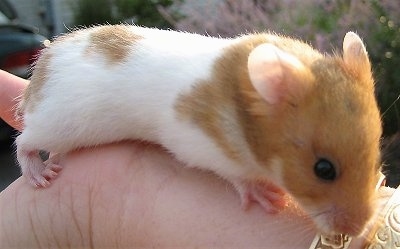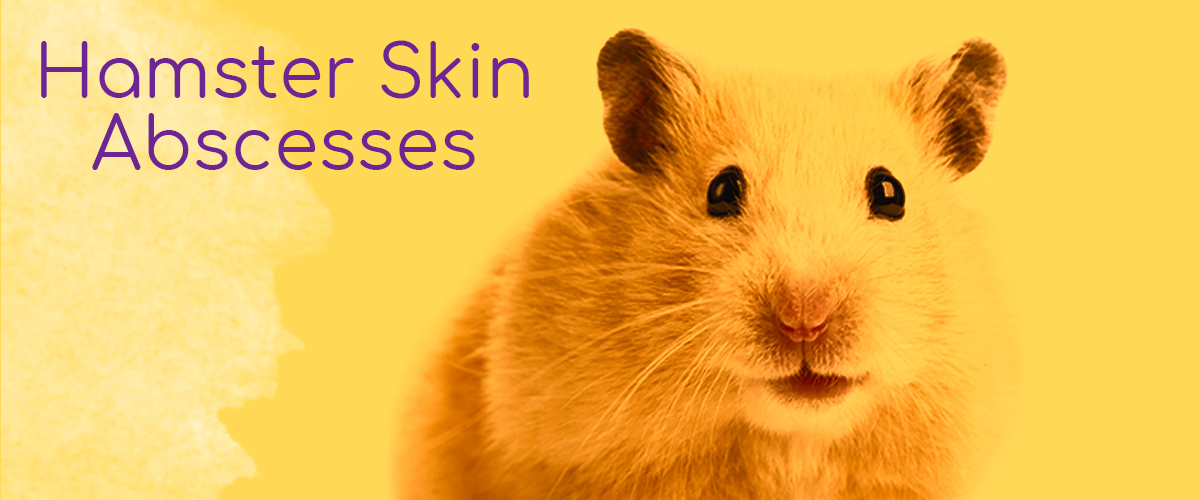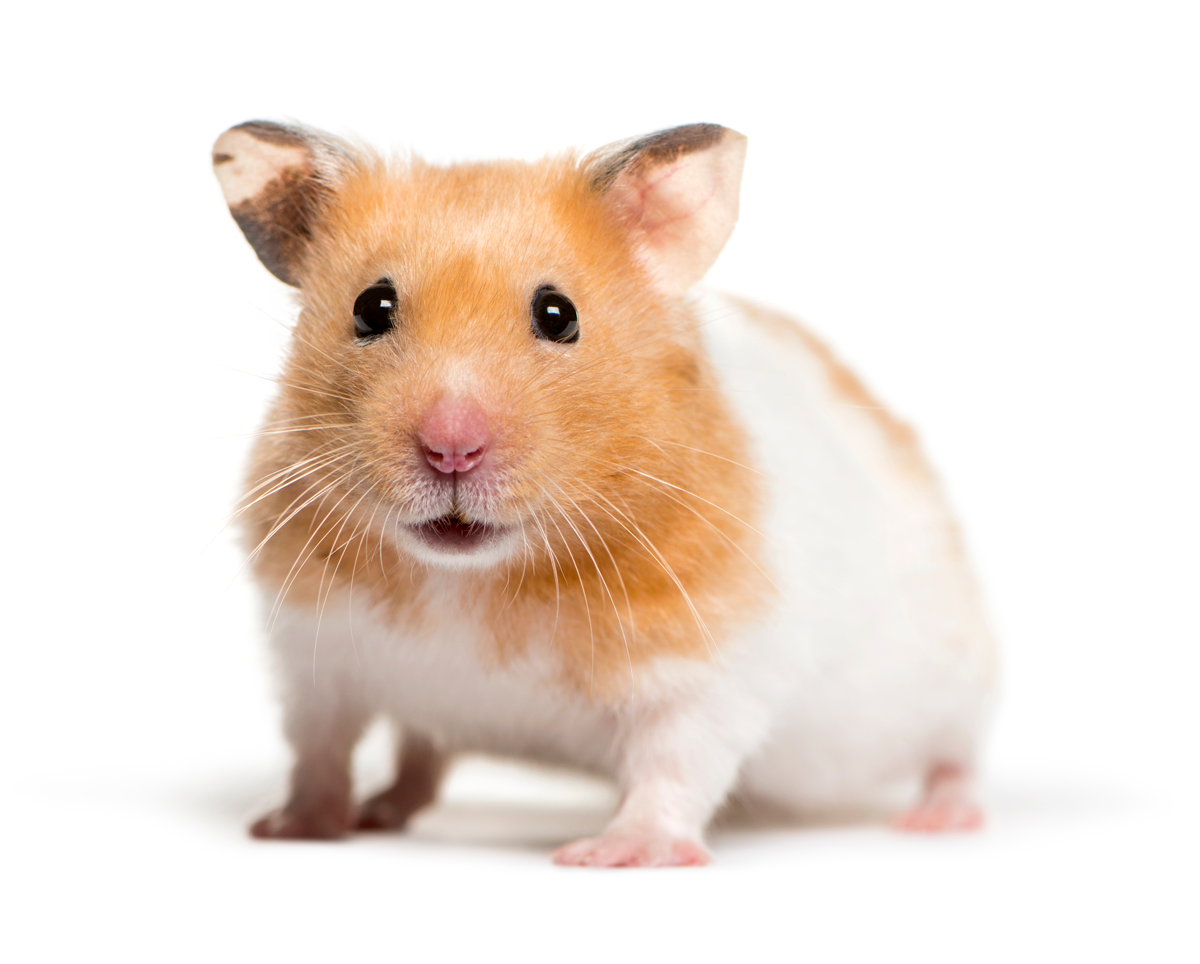Hamsters, with their fluffy cheeks and curious eyes, are often perceived as adorable and harmless. But can these tiny creatures inflict a painful bite? The answer is a resounding yes. While a hamster bite may not seem as dramatic as a dog bite, it can be surprisingly painful, and in some cases, can even lead to complications.
This article delves into the world of hamster bites, exploring their causes, potential severity, and how to prevent them. It offers advice on how to handle a bite, and address any concerns you might have about your furry friend’s biting behavior.
>> READ MORE:
- Do Hamsters Hibernate? Understanding Their Winter Behavior
- How to Tell if Your Hamster is Dead A Guide for Concerned Owners
- Can Hamsters Eat Watermelon? A Refreshing Debate
- A Tiny Heart with a Big Beat Understanding Hamster Heart Rate
The Pain Factor: How Much Does a Hamster Bite Hurt?

As mentioned earlier, hamsters possess sharp teeth designed for gnawing. These teeth can easily pierce through skin, causing pain and discomfort. However, the severity of a hamster bite can vary depending on multiple factors.
One of the main factors that determine the pain level of a hamster bite is the age of the hamster. Younger hamsters tend to have softer teeth that may not cause significant damage when they bite. On the other hand, older hamsters may have stronger and sharper teeth, which can result in a more painful bite. Additionally, the breed of the hamster also plays a role in the intensity of the bite. Certain breeds, such as Syrian hamsters, have larger and stronger teeth compared to others, making their bites potentially more painful.
Another crucial factor that affects the pain level of a hamster bite is the temperament of the hamster. Some hamsters are naturally calmer and less likely to bite, while others may be more aggressive and prone to biting. Factors such as previous handling, socialization, and overall personality can influence a hamster’s likelihood of biting. Thus, it is essential to know your hamster’s temperament and be cautious when handling them to prevent any potential bites.
Factors Affecting Bite Severity: Age, Breed, and Temperament

As mentioned earlier, several factors can affect the severity of a hamster bite. Let’s take a closer look at each factor and how it plays a role in determining the intensity of a hamster bite.
Age:
The age of a hamster is one of the most critical factors that affect the severity of a bite. Younger hamsters, especially those between the ages of 4-6 weeks, have softer teeth that are still developing. As a result, their bites are typically less painful compared to older hamsters. However, as they reach adulthood, their teeth become stronger and sharper, making their bites more painful. Therefore, it is crucial to handle younger hamsters with care but also not to assume that their bites won’t hurt.
Breed:
There are several breeds of hamsters, such as Syrian, Dwarf, Chinese, and Roborovski, each with its unique characteristics. Some breeds, such as Syrian hamsters, are larger and have more prominent front teeth, which can cause a more severe bite. On the other hand, Dwarf hamsters have smaller teeth, making their bites comparatively less painful. Knowing the breed of your hamster can help you understand the potential intensity of their bites and prepare accordingly.
Temperament:
A hamster’s temperament plays a significant role in how likely they are to bite and the severity of their bite. Some hamsters are naturally calmer and less prone to biting, while others may be more aggressive and territorial. Factors such as previous handling, socialization, and overall personality can influence a hamster’s likelihood of biting. For instance, a hamster that has been handled from a young age and is well-socialized is less likely to bite compared to one that hasn’t had much human interaction. It is essential to observe your hamster’s behavior and understand their temperament to prevent any potential bites.
Signs of a Hamster Bite: Identifying the Wound

Now that we have discussed the factors that affect the severity of a hamster bite, let’s take a closer look at how to identify a bite wound. The signs of a hamster bite may vary depending on the intensity of the bite and the location of the wound. However, some common signs of a hamster bite include:
- A puncture or tear in the skin: As mentioned earlier, hamsters have sharp teeth that can easily pierce through the skin, leaving behind a visible wound.
- Redness and swelling: A bite wound can cause redness and swelling around the affected area, which may be accompanied by pain and tenderness.
- Bleeding: Depending on the intensity of the bite, there may be minimal bleeding or more severe bleeding that requires medical attention.
- Infection: If left untreated, a bite wound can become infected, leading to further complications. Therefore, it is crucial to keep an eye on the wound and seek medical attention if necessary.
If you notice any of these signs, it is essential to clean the wound immediately and seek medical attention if necessary.
First Aid for Hamster Bites: Cleaning and Care

Hamster bites, whether mild or severe, require prompt first aid to prevent any potential complications. Here are some steps you can follow to clean and care for a hamster bite wound:
- Wash your hands: Before handling the wound, make sure to wash your hands thoroughly with soap and water to prevent any infection.
- Stop the bleeding: If the bite is bleeding, apply gentle pressure to the wound using a clean cloth until the bleeding stops.
- Clean the wound: Once the bleeding has stopped, gently clean the wound using warm water and mild soap. Avoid using harsh chemicals or rubbing the wound, as it can cause further damage.
- Apply an antiseptic: After cleaning the wound, apply an antiseptic solution to prevent infection. You can use products like hydrogen peroxide or rubbing alcohol, but make sure to dilute them with water before use.
- Cover the wound: To protect the wound from dirt and bacteria, cover it with a bandage or sterile gauze. Make sure to change the dressing regularly until the wound heals completely.
- Observe for signs of infection: Keep an eye on the wound and look out for any signs of infection, such as increased redness, swelling, and discharge. If you notice any of these signs, seek medical attention immediately.
If the bite is severe or does not show signs of healing within a few days, it is best to seek medical attention from a healthcare professional.
Preventing Hamster Bites: Understanding Hamster Behavior and Handling Techniques

Prevention is always better than cure, and this applies to hamster bites as well. By understanding your hamster’s behavior and using appropriate handling techniques, you can minimize the risk of a bite. Here are some tips to help you prevent hamster bites:
- Approach your hamster slowly and calmly to avoid startling them.
- Avoid sudden movements or loud noises around your hamster.
- Do not disturb your hamster while they are eating or sleeping, as they may become agitated and more likely to bite.
- Avoid handling your hamster if they seem stressed or unwell.
- Always supervise interactions between children and hamsters to ensure proper handling and prevent any potential bites.
- Handle your hamster gently and confidently to make them feel secure and reduce the likelihood of a bite.
- If your hamster has bitten you in the past, approach them with caution and use protective gloves if necessary.
By understanding your hamster’s behavior and practicing appropriate handling techniques, you can minimize the risk of a bite and maintain a safe and healthy relationship with your furry friend.
Conclusion
In conclusion, hamster bites can indeed be painful and should not be taken lightly. The intensity of a hamster bite may vary depending on factors such as age, breed, and temperament. It is crucial to understand these factors and take appropriate precautions to prevent any potential bites. In case of a bite, make sure to clean and care for the wound promptly and seek medical attention if necessary. By understanding your hamster’s behavior and handling them with care and confidence, you can maintain a happy and safe relationship with your tiny titan.

